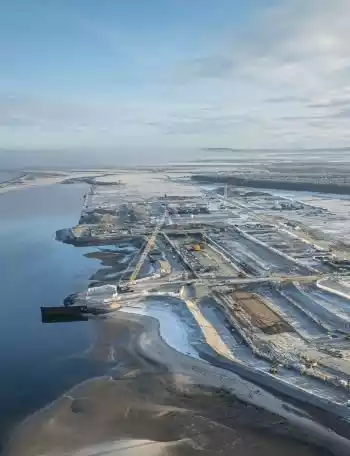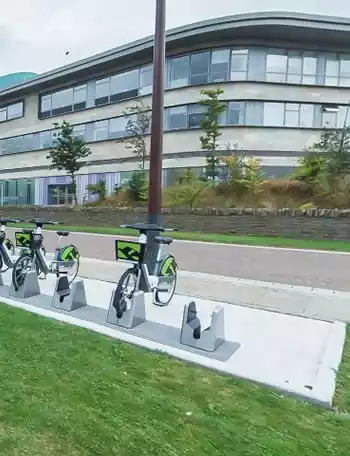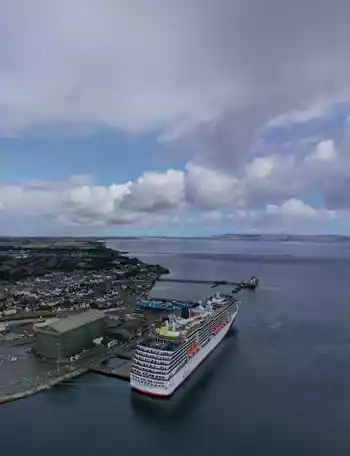
What is a Green Freeport?
Driving sustainable growth
Green Freeports are places where business can be carried out inside a country’s land border, but where the normal tax and customs rules don’t apply in full. They have boundaries agreed with both the UK government and Scottish government.
They contain two types of sites where special rules apply, which can overlap. These are called ‘tax sites’ and ‘customs sites’. Companies can choose to locate themselves so that they profit from the benefits offered by one of these site types, or a combination of both.
“If you come here, for example, and build a factory, you have tax incentives and tax breaks at the very start.”
Calum MacPherson
Chief Executive, Inverness & Cromarty Firth Green Freeport

Watch: What is the Green Freeport and what does it mean? (0:46)
Tax sites within the Green Freeport
The Inverness & Cromarty Firth Green Freeport has 3 tax sites:
- Cromarty Firth Tax Site
- Inverness Tax Site
- Ardersier Tax Site

-

Ardersier Energy Transition Facility
Owned by Haventus, Ardersier is the UK’s largest brownfield port. 450 acres positioned to lead in energy transition manufacturing, assembly, marshalling and integration.
-

Port of Inverness
The port that the capital of the Highlands was built around with continuous operations since 1847. Port of Inverness continues to expand its activity supporting the onshore renewables sector alongside its traditional role as the main hub for fuels in the Highlands region: aviation, road, heating and industrial, and a wide range of dry cargos.
-

Inverness Campus
Inverness Campus is a world-class business location with pioneering facilities. It brings together businesses, researchers, academia and scientists providing the perfect place to collaborate and innovate.
-

Highland Deephaven
The 468-acre Highland Deephaven industrial estate, formerly Evanton Airfield, offers large areas of brownfield and greenfield land zoned and available for development. Strategically located on the Cromarty Firth with direct access from the A9, Highland Deephaven is the perfect site for businesses looking to develop manufacturing, research and operational facilities for the growing renewables industry.
-

Port of Cromarty Firth
The Port of Cromarty Firth in Invergordon is at the heart of a green energy revolution and is ideally located to take advantage of this seismic shift in energy generation. The Cromarty Firth has supported more offshore wind projects than any other Scottish location, with this track record of success established through modern port infrastructure, a world-class supply chain and a highly skilled workforce.
-

Pitcalzean
Associated British Ports (ABP) plans to build a new base for offshore wind manufacturing, assembly and marshalling at Pitcalzean Farm, just to the north of Port of Nigg. This is in response to industry’s huge demand for facilities in the area to service ScotWind and Scotland’s other offshore renewables projects.
-

Port of Nigg
The Port of Nigg is the largest port facility in the Moray Firth and one of Scotland's most important energy industry facilities, recognised for its world class multi-sector capability and offering unique turnkey solutions to customers. Nigg boasts multiple deep-water quays, significant laydown areas and some of the largest construction and assembly shops in the UK.



Freeports in Scotland are referred to as Green Freeports as their main industry focus is renewable energy, for example offshore and onshore wind.
Green Freeports are intended to stimulate economic activity in their designated areas. The main intention is to attract inward investment to build new facilities such as manufacturing or research and development facilities which create jobs, taking advantage of the incentives available inside the Green Freeport area.


